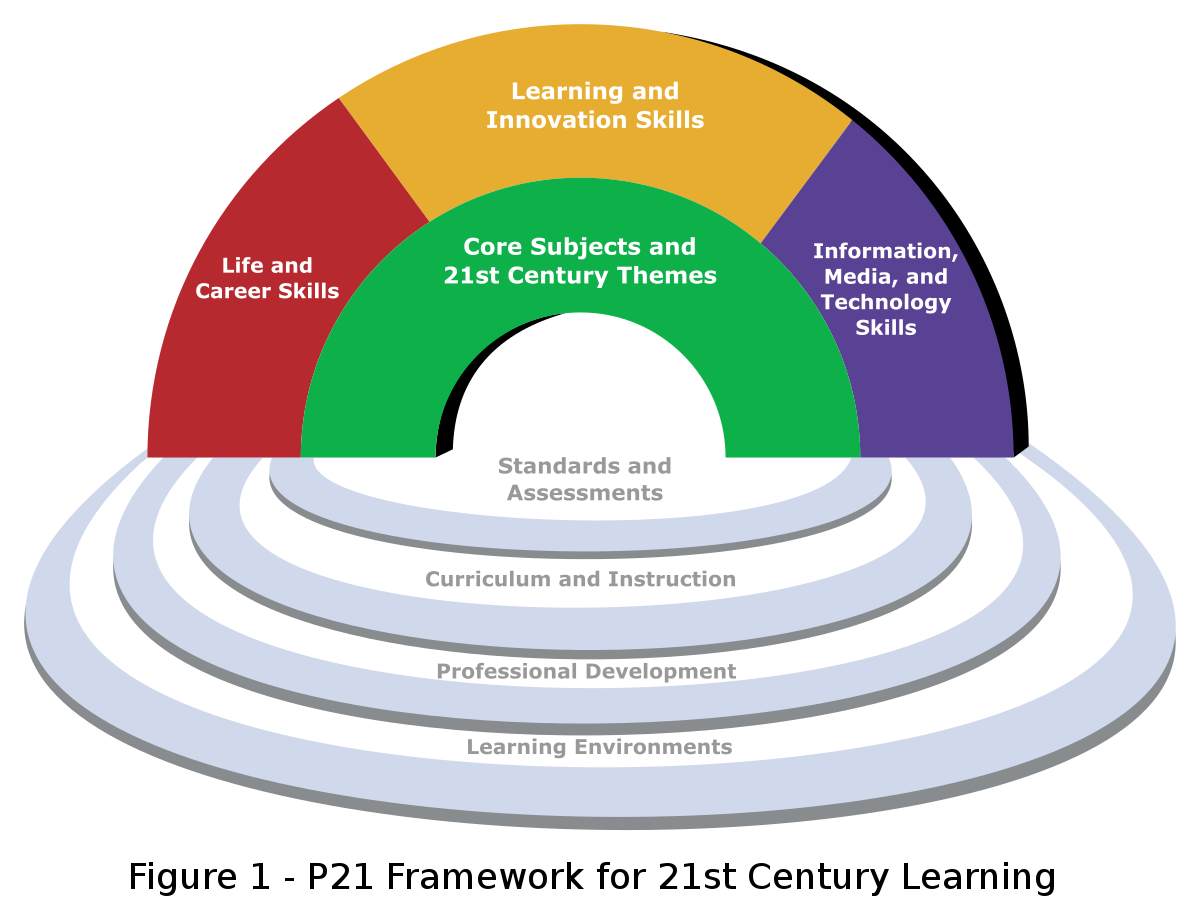Many observers feared that there had been a slow breakdown in what was once understood to be the social contract. Much of humanity was struggling with dual goals: to achieve freedom and to create equality, to protect the rights of the individual and to meet obligations to others.
But must individual liberty be given up to guarantee equality? People more and more focused on devotion to self: A soaring divorce rate led to divided families; the desire for more and better possessions led to greater materialism; a sense of entitlement to the good things of life led to anger at those who took without being entitled or those who had been rewarded with an excess of good things.
In the 1980s the delicately balanced pendulum that has moved back and forth across the face of Western history was beginning to emphasize duty in equal measure to rights, was beginning to place limits on the obligation of the state to the individual and of the individual to the state, in such a way as to create a sense of instability and uncertainty as to what values ought to be cherished.
One of the values under question was the study of history itself. History, it was agreed, attempted to demonstrate the relationship between cause and effect. Being itself about time, history attempted to show how people worked within the constraints of time to arrive at decisions.
History sought to organize causes in some order of priorities, so that one could separate the important from the less important, the proximate from the remote, in a complex sequence of causation. But such efforts assumed that there were, in the end, facts that could be known, that there was a rational basis to decision making, that causes could be discovered and their effects could be charted, and that commonly held values could lead to agreement on priorities of action.
In some ways, Western civilization in the late 1980s and 1990s appeared to constitute a unity. To the extent that this unity %.-as defined by high industrial capacity or serious attention to new art forms (such as the motion picture, which many regarded as the most significant development in art as well as in entertainment in the previous fifty years). Japan was also a member of this Western world.
These societies shared a concern for finding new sources of energy. especially oil, and for the environment. Perhaps most important symbolically was the signing, by the twenty-two NATO and Warsaw Pact members, of a conventional arms treaty in November of 1990. However, by this time events had overtaken the Soviet Union and the nations of eastern Europe, and much of western Europe and the United States were on the brink of a war in the Persian Gulf.
Germany and Japan had experienced remarkable recoveries from World War II. Both had been highly organized states under totalitarian regimes before their defeat, and in the postwar years they could draw upon a heritage of strong public commitment to the idea of the central state. Both were, to a high degree, ethnically homogeneous, so that neither experienced the far-ranging and debilitating effects of race conflict and racism.
Both were aided after the war by those who had defeated them, so that they entered into economic competition with new industrial plants as the older industrial nations were falling behind by failing to replace their obsolete equipment. Neither Germany nor Japan was faced with large defense budgets, since as a condition of the peace settlements they were prohibited from maintaining forces capable of aggressive action against another nation. Nations with high industrial capacity looked to them as models of social and industrial reorganization.
Other contending models often were authoritarian or repressive. Totalitarian dictatorships generally involve single-party government, control over most forms of communications, a weapons monopoly within the state, a terrorist police force, a centrally directed economy, and usually a single strong leader with an ideology attractive to a mass group.
While most liberal democracies were firmly opposed to these contending models, even within the democracies groups appeared that wanted the greater stability that such methods could bring. The cost of democracy was high, and it was under heavy and persistent challenge. The democracies had passed through periods of conflict over ideological commitment; the last such period had been in the late 1960s and early 1970s. By the mid-1990s such ideological passion appeared to be on the rise again.
To many observers, fragmentation of knowledge seemed to put the basic assumptions of Western civilization at risk. Many commentators expressed fear that two distinct cultures were developing in Western societies: one based on the assumptions of humanists, the other on the assumptions of scientists.
The explosion in knowledge—in what a person needed to know to be considered educated, in how society viewed and used knowledge, and in the technical means by which knowledge was transmitted, acquired, stored, and retrieved—led to increased specialization, which hindered communication among intellectuals, political leaders, and all who needed to communicate across the barriers of class, race, nation, or specialization.
A worldwide resurgence in religious conviction was observed. Perhaps most important, the long-defended orthodoxies of Marxism had been overthrown throughout eastern Europe and the former center of the communist faith, the Soviet Union, was in the throes of complex change and dissolution.

